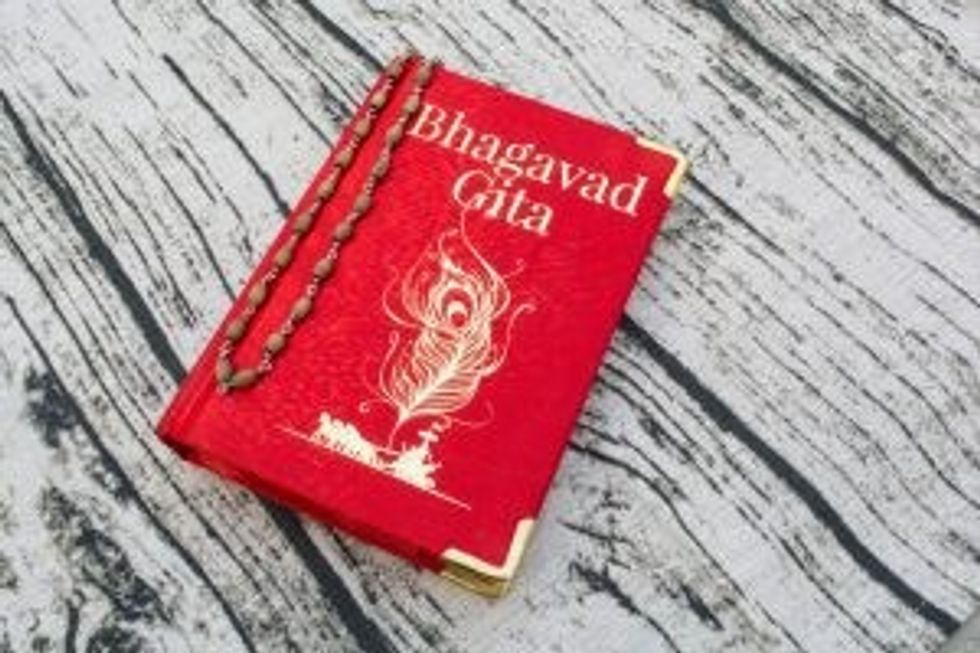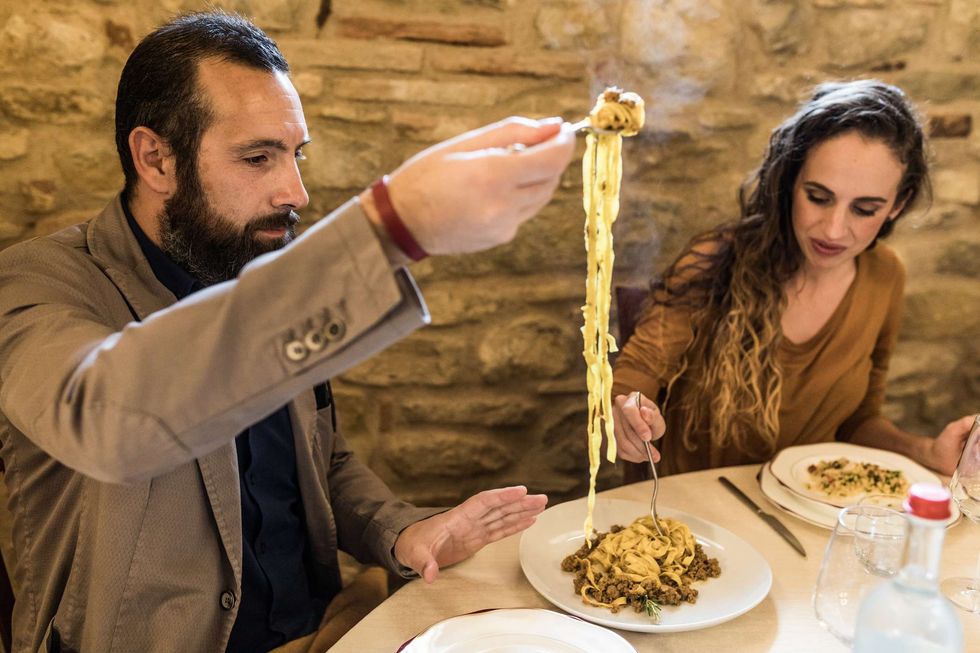ACCORDING to Sri Krishna in the Bhagvad Gita, satisfaction is one of the austerities of the mind. (Gita 17.16). Yet, from what I see in this world of ours, dissatisfaction reigns supreme over almost everyone. Through ads and social media we’re repeatedly informed that we’re lacking in good looks, prestige, fame, influence and most certainly, wealth. In need of upgrading are our phones, cars, computers, houses and spouses. How can we possibly be satisfied?
While it’s natural for us to want to live comfortably and to improve ourselves – to learn new skills, to hone old ones, to have stimulating adventures – it’s also true that constant dissatisfaction with what I have and with who I am – unfavourably comparing myself with others – is a source of misery. Comparison is the thief of joy.
In his commentary on the Gita verse 17.16 quoted above, Srila Prabhupada, the founder of the Hare Krishna movement, writes something counterintuitive. He says, “Satisfaction of the mind can be obtained only by taking the mind away from thoughts of sense enjoyment.” And, “The more we think of sense enjoyment, the more the mind becomes dissatisfied.”
As astonishing as these statements are, their truth surfaces once we ponder them soberly. If sense enjoyment led to satisfaction, then people who satisfied their senses would be satisfied – I would be satisfied when I satisfied my senses. But we don’t see that in others nor do we experience it ourselves. We often hear of wealthy, beautiful, famous and powerful people who are deeply dissatisfied. And I know that I’m often dissatisfied, even after I get the things I coveted.
To unravel this mystery, we must go to the core of our identity. According to Krishna in the Gita, we are not material beings, but spiritual ones. We are a spirit soul, an atma, encased in a material body we’ve mistakenly identified with. When our body passes away, the atma will enter another body according to the desires we had and the activities we did in this life. This is samsara, transmigration and reincarnation of the spirit soul, the atma.
Because we are not the body we inhabit, we are also not the senses of that body. Any amount of sense gratification will ultimately not satisfy us, the atma. Just as a fish requires water to survive and can never be satisfied on land regardless of the comforts it’s given, so the atma requires spiritual nourishment and can never be satisfied by matter in any form or quantity.
In Krishna’s words: “An intelligent person does not take part in the sources of misery, which are due to contact with the material senses. Such pleasures have a beginning and an end, and so the wise man does not delight in them.” (Gita 5.22)
We are atma, spirit soul and the atma is eternal; the atma was never born and will never die. In the innermost recesses of our heart, we seek pleasure that’s complementary to the intrinsic nature of the atma - that is, we seek unending pleasure. Failing to find that (because everything material is temporary), our innermost self is dissatisfied. Thus dissatisfaction reigns in this world.
Having had personal experience of the gnawing emptiness and intense longing that dissatisfaction creates, I know that it’s an unnerving and thorny place to be. Yet, in that state if we resist the temptation to drown our existential crisis through intoxicants, nihilistic philosophy or wanton excesses, we can become seekers. And that sincere seekingcan lead us to amazing frontiers.
As the Gita began, Arjuna, Krishna’s student of the Bhagavad Gita, was severely dissatisfied, and through Krishna’s teachings in the Gita, he became fully satisfied. Externally everything was the same for Arjuna – he was still on the battlefield, he still had to fight a war, his ‘enemies’ were still his kinsmen – but, internally he’d gone through a metamorphosis. In his own words, “Arjuna said, My dear Krishna, O infallible one, my illusion is now gone. I have regained my memory by your mercy. I am now firm and free from doubt and am prepared to act according to your instructions.” (Gita 18.73)
Following the example of Arjuna, we can also disgorge our deeply rooted dissatisfaction and become satisfied. We’ll still be bombarded with ads and social media posts of every description, but we’ll be aware of their superficiality and temporality. Our compulsion to compare ourselves with others will gradually ebb. And rather than dwell on sense enjoyment, we’ll relish and rejoice in the higher taste of sincere spiritual seeking.








 Communal tables make a comeback among Gen Z iStock
Communal tables make a comeback among Gen Z iStock  Gen Z revives the shared dining tableiStock
Gen Z revives the shared dining tableiStock Shared tables return as young diners seek connectioniStock
Shared tables return as young diners seek connectioniStock Why some diners hesitateiStock
Why some diners hesitateiStock Gen Z turns communal tables into a new dining normiStock
Gen Z turns communal tables into a new dining normiStock






